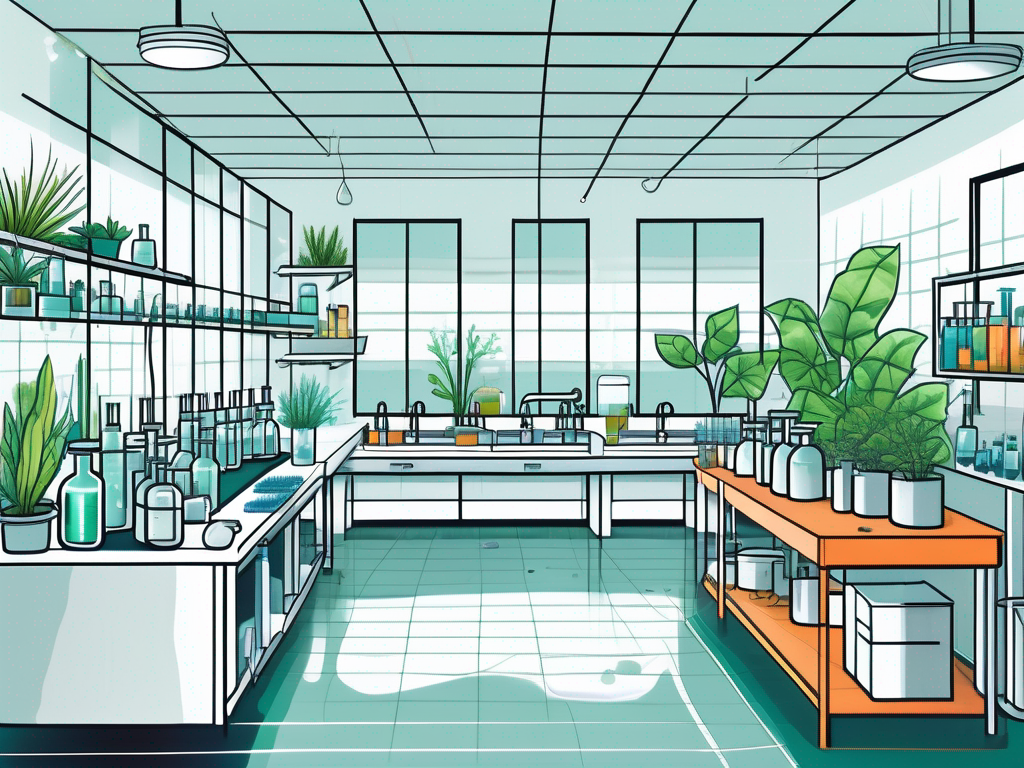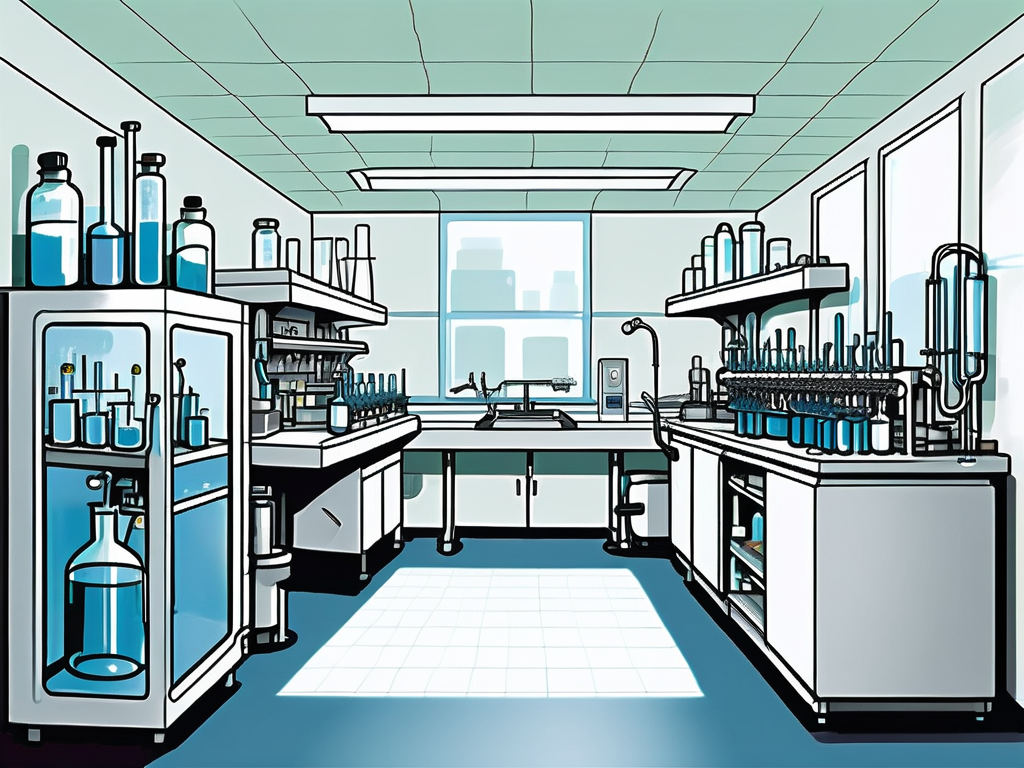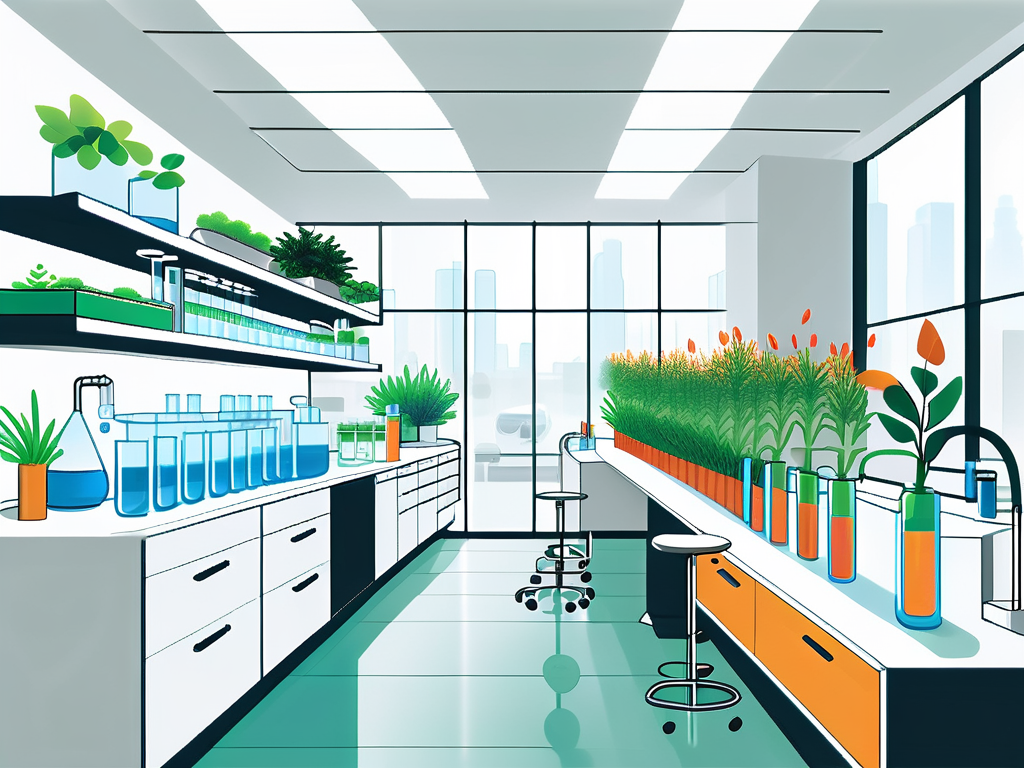
Top Benefits of Using Wet Stations in Modern Laboratories
The efficiency and effectiveness of laboratory operations significantly influence the quality of research and experimentation. In the pursuit of scientific advancements, the design and functionality of laboratory environments are pivotal. One such innovation that has gained traction in modern laboratories is the wet station. This article delves into the benefits of using wet stations and their transformative impact on laboratory practices.
Understanding Wet Stations
Wet stations are specialized areas in laboratories designed to facilitate tasks that require the use of liquids, particularly in experiments involving chemicals, biological materials, and other reagents. These stations are equipped with essential features that cater to the specific needs of wet lab processes. The design of wet stations not only enhances the efficiency of scientific work but also plays a crucial role in ensuring safety and compliance with regulatory standards.
Definition and Function of Wet Stations
A wet station can be defined as a designated workspace that allows for the safe and efficient handling of liquids in laboratory settings. Their primary function is to provide researchers with a reliable area to conduct experiments without the risk of contamination or damage to the workspace. Wet stations typically include sinks, storage for liquid reagents, and proper drainage to ensure cleanliness and efficiency. Furthermore, the layout of wet stations is often optimized for workflow, allowing scientists to move seamlessly from one task to another while minimizing the risk of spills or accidents.
Key Components of a Wet Station
The effectiveness of a wet station is determined by its design and the inclusion of specific components. Key elements often found in wet stations include:
- Work Surface: Durable materials that can withstand spills and chemical exposure.
- Sinks: Essential for easy disposal and cleaning of liquids.
- Storage Units: Shelving and cabinets for organizing reagents and equipment.
- Fume Hoods: Ventilation systems that eliminate hazardous fumes and maintain air quality.
These components collectively contribute to a more functional and user-friendly laboratory environment. In addition to these features, wet stations often incorporate safety equipment such as eyewash stations and emergency showers, which are critical in case of accidental exposure to hazardous substances. The integration of technology, such as digital pH meters and automated liquid handling systems, is also becoming increasingly common, enhancing the precision and reliability of experiments conducted in these spaces.
Moreover, the design of wet stations can vary significantly depending on the specific field of research. For instance, a wet station in a microbiology lab may include specialized equipment for culturing bacteria, while a chemistry lab might prioritize access to a variety of reagents and solvents. This customization not only reflects the diverse needs of different scientific disciplines but also underscores the importance of a well-planned laboratory layout that can adapt to the evolving demands of research and experimentation.
The Importance of Wet Stations in Modern Laboratories
Wet stations play a crucial role in enhancing the overall efficiency and safety of laboratory operations. Their design is tailored to meet the demands of contemporary research and experimentation.
Role in Laboratory Efficiency
Efficiency in laboratory settings is paramount, as it directly affects the speed and accuracy of research results. Wet stations streamline processes by providing dedicated spaces for liquid handling, minimizing the need to move between different areas in the lab. This organization helps reduce the likelihood of errors and enhances the productivity of laboratory personnel. Additionally, wet stations are often equipped with specialized tools such as pipettes, centrifuges, and water baths, which are essential for various experimental protocols. By centralizing these tools within the wet station, researchers can save valuable time and maintain focus on their experiments, leading to more reliable outcomes.
Contribution to Safety Measures
Safety is a top priority in any laboratory environment. Wet stations contribute to safety by minimizing the risks associated with handling hazardous substances. The integration of proper drainage systems paired with fume hoods ensures that spills are quickly managed, significantly reducing the potential for accidents. Furthermore, the use of non-slip surfaces in wet stations adds an additional layer of safety for laboratory personnel. In addition to these features, wet stations often incorporate safety equipment such as eyewash stations and emergency showers, which are critical in the event of chemical exposure. Regular maintenance and training on the proper use of these safety features are essential, ensuring that all laboratory staff are prepared to respond effectively to any incidents that may arise during their work.
Detailed Benefits of Using Wet Stations
The adoption of wet stations in laboratories offers numerous advantages that can impact scientific outcomes positively.
Enhancing Productivity and Workflow
By centralizing liquid handling tasks, wet stations effectively enhance overall productivity. Researchers can focus more on their experiments without the disruption of moving to different lab areas for liquid procurements or clean-ups. This optimization of workflow leads to faster research achievements and more efficient use of time. Furthermore, the design of wet stations often includes built-in storage solutions for frequently used reagents and tools, reducing the time spent searching for materials. This streamlined approach not only accelerates the pace of research but also allows for better organization, which is vital in high-pressure environments where precision is key.
Promoting Safety and Hygiene
In addition to improving efficiency, wet stations foster a culture of safety and hygiene in laboratories. The dedicated spaces for liquid work reduce the risk of cross-contamination and preserve the integrity of samples. Routine cleaning becomes easier with designated wet areas, thereby promoting a hygienic environment that is essential for accurate scientific work. Moreover, wet stations often come equipped with safety features such as splash guards and proper drainage systems, which further mitigate the risks associated with spills and hazardous materials. By prioritizing safety, laboratories can cultivate a more responsible research culture, ensuring that all personnel are protected while conducting their experiments.
Facilitating Accurate Results
The accuracy of laboratory results is heavily influenced by environmental factors. Wet stations are designed to minimize disturbances that could lead to contamination or procedural errors. With controlled environments and organized workspaces for handling liquids, researchers can achieve more reliable experimental outcomes, which is critical in fields such as pharmaceuticals and biotechnology. Additionally, wet stations can be integrated with advanced technologies such as automated liquid handling systems, which not only enhance precision but also reduce human error. This integration allows for high-throughput screening processes, making it easier to conduct large-scale experiments while maintaining the integrity of the data collected. As a result, the combination of technology and well-designed wet stations can significantly elevate the quality of research outputs, paving the way for groundbreaking discoveries.
Wet Stations vs Traditional Laboratory Setups
When comparing wet stations to traditional laboratory setups, it becomes clear how modern designs cater to the needs of today’s scientists.

Comparative Analysis
Traditional laboratory setups often lack a specialized space for liquid handling, leading to clutter and potential hazards. In contrast, wet stations are designed with efficiency, safety, and organization in mind. The differentiation between these two setups is evident in their impact on workflow and result accuracy. For instance, traditional labs may require researchers to navigate through various stations to gather materials, increasing the risk of spills and contamination. Wet stations, however, consolidate necessary tools and materials within arm's reach, promoting a streamlined process that minimizes interruptions and enhances focus on experimental tasks.
Why Wet Stations are the Future
As laboratories continue to evolve, the trend toward incorporating wet stations will likely accelerate. The integration of smart technologies and enhanced safety features in wet stations signifies their importance in the future of scientific research. Laboratories that adopt this innovative approach will not only enhance operational efficiency and safety but also position themselves at the forefront of scientific discovery. Furthermore, wet stations often incorporate advanced ventilation systems and chemical containment features, which are crucial for handling hazardous materials. This not only protects the researchers but also ensures compliance with stringent safety regulations. As the demand for more complex experiments rises, the adaptability of wet stations to accommodate various workflows and technologies will make them indispensable in modern research environments.
Implementing Wet Stations in Your Laboratory
Transitioning to wet stations involves strategic planning and implementation that aligns with laboratory goals.
Steps to Transition
To effectively implement wet stations, consider the following steps:
- Assessment: Evaluate the current laboratory layout and identify areas where wet stations can be most beneficial.
- Design: Develop a design that incorporates the potential needs specific to your research activities.
- Installation: Work with laboratory planners and installers to create a functional wet station environment.
- Training: Train staff on the proper use and maintenance of wet stations to ensure maximum efficiency and safety.
One cannot underestimate the importance of these steps, as they pave the way for a seamless transition. Each phase requires careful consideration, particularly the assessment stage, where understanding the specific workflows and processes of your laboratory can lead to more effective utilization of space and resources. Engaging with team members during this phase can also provide insights into their daily tasks, ensuring that the new wet stations cater to their needs and enhance productivity.
Maintenance and Care for Wet Stations
Maintaining wet stations is crucial for ensuring their longevity and effectiveness. Regular inspections and cleaning routines should be established, including:
- Routine checks of plumbing and drainage systems.
- Daily cleaning of work surfaces to prevent contamination.
- Regular assessment of safety equipment, such as fume hoods.
Adhering to a thorough maintenance program not only prolongs the life of the wet stations but also safeguards the integrity of laboratory operations. Furthermore, implementing a logbook for maintenance activities can help track the frequency and types of maintenance performed, allowing for better planning and resource allocation. This logbook can also serve as a valuable tool during audits, demonstrating compliance with safety regulations and best practices.
Additionally, consider scheduling periodic training refreshers for staff to reinforce best practices in the use and care of wet stations. This ongoing education can help mitigate risks associated with chemical spills and equipment malfunction, fostering a culture of safety and responsibility within the laboratory environment. By prioritizing both maintenance and education, laboratories can create a robust framework that supports innovative research while minimizing potential hazards.
Conclusion: The Impact of Wet Stations on Modern Laboratories
In conclusion, wet stations represent a significant advancement in laboratory design and functionality. They enhance productivity, promote safety, and facilitate accurate results. The implementation of wet stations can transform laboratory practices, indicating a shift toward more efficient and safe scientific operations. By adopting this modern approach, laboratories can propel themselves into a future of enhanced research capabilities, positioning themselves at the forefront of innovation in the scientific community.

